Save Money
Eliminate and/or Reduce Downtime
Refine your infrastructure Upgrading
Will these 2 breakers interchange?
Yes and No
But how many end user facility personnel, electrical distributors or electrical contractors know this. The breaker on the left is a G.E. THED manufactured in the 70’s and 80’s and the breaker on the right is a G.E. THEF manufactured in the 60’s and 70’s. The THED superseded and replaced the THEF, but there are many variables that come in to question as to interchangeability.
Here are some differing characteristics and important questions:
The THEF frame max amperage is 100, whereas the THED’s max average is 150.
Depending on the mounting hardware and panel type, will the breakers mount on the same hardware?
What does the red handle mean?
How do I determine what the maximum amperage is of the mounting hardware when replacing a breaker and/or moving up in amperage?
What are the AIC ratings of each breaker?
When one breaker is in need of replacement at a facility, all the above and more must be asked, but that does not take into consideration all of the ramifications that can exist in a facility with obsolete equipment.
What voltages are the breakers rated at?
Are the breakers interchangeable in all panels manufactured of that era?
What does the little red circle mean on the lower left of the THED?
Are all accessories available on both breakers similar, ie shunt trip, UVR, auxiliary switch and bell alarm?
Here are the facts:
There are over 20 manufacturers of circuit breakers in the United States.
There are over 1000 circuit breaker frames that have been manufactured since circuit breakers came into existence.
Taking all the breaker manufacturers and frames that exist into consideration, there are over 100 generations of circuit breakers.
Many breakers have been superseded by the manufacturer to replace obsolete ones.
Many breaker frames interchange with other brands with the identical ratings.
50% to 60% of all breakers ever made, even first and second generations, have new or more current replacements.

Since the 1930’s, manufacturers have superseded frames every 7 to 10 years, due to overcurrent protection technology and size efficiency.
Just as the above THEF & THED, there are over 1000 breaker frames that have similar and differing characteristics creating problematic situations depending on the application you have that create a scenario of when a breaker may interchange or may not interchange.
From Thomas Edison’s original laboratory

and Westinghouse’s first electrical factory

to modern day circuit breaker technology


How much does downtime cost your facility?
Depending on the type of equipment being protected by a circuit breaker, downtime can cost a company unsurmountable amounts of money every second.
In 2015, an Apple Store reported a $25 million dollar loss from 12 hours of downtime.

In 2016, 5 hours of downtime in a Delta Operation Center cost Delta Airlines $150 million.

In 2019, 14 hours of downtime cost Facebook $90 million.

And these are mega companies that can afford the damage, but other companies in the manufacturing, industrial, commercial and other industries along with other structures can also suffer drastically from downtime. The average commercial cost is estimated at $5600.00 per minute with the industrial sector at an average of $5 million per hour losses depending on what type of load is online.
Can you answer these questions?
What is the oldest circuit breaker panel in your facility?
Do you know how many generations of breakers are in your facility?
How many different frame sizes of breakers are in your facility?
How many different manufacturers of breakers are in your facility?
Are there new replacements available for all the breakers in your facility?
What do all the breakers interchange with in your facility?
If you needed a part or accessory for any of your breakers, would you know immediately if they were available?
Can you answer all the aforementioned questions regarding all your circuit breakers, including molded case, air breakers, power breakers, outdoor breakers etc… not to mention all your control and motor control center equipment?
Obscon can answer all the above and much more!
Obscon can devise an Obsolete Electrical Footprint and give your company peace of mind that you will never have an issue again with obsolete electrical, while saving your company substantial amounts of money!

Join our Seminars

If you are interested in attending one of our training seminars or structuring an exclusive training program for your personnel, contact Obscon on the link below!
If you are interested in a No-Cost Free consultation with Obscon to determine how we can devise a custom Obsolete Electrical Footprint for your facility, contact us using the link below. Thank You!
“There’s a way to do it better, Find it.” Thomas Edison

OBSCON
What is an Obsolete Electrical Footprint or OEF?

Molded Case
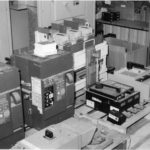
Air Breakers
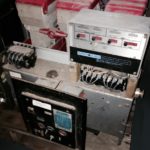
MV Breakers
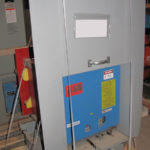
Outdoor
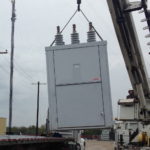
Reclosers
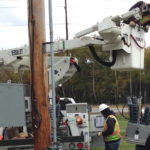
Obscon analyzes the types of circuit breakers in your facility, ie… Molded case, lighting, air breakers, power breakers, MV breakers, outdoor breakers etc. and any other electrical equipment, including but not limited to motor controls, relays, etc.. that is a part of your O.E.F.
Each one of the above categories are then separated and analyzed as to the particular breaker frames that are in your facility.
The frames are then analyzed as to brand, type and vintage in order to determine what the market availability is of those particular breakers on the new & remanufactured markets.
Due to the fact that a breaker’s frame, amperage and voltage can effect their availability, these frames are also analyzed as to varying amperages and voltages in order to determine their Availability Factor.
Another major variable that is analyzed is the parts, accessory and component Availability Factor with each particular frame.
Once all the aforementioned information and other obsolete variables are collected, Obscon will devise an Obsolete Electric Footprint relevant exclusively to your electrical installations and your company will never have another replacement issue ever again and downtime will be a thing of the past. Below are just a few of the advantages you will gain:
A complete footprint of breaker generations in your facility
Your footprint will be color coded into sections as to hotspots, based on availability of each breaker frame
Hotspots that are of concern will indicate what the Component Replacement Factor C.R.F is of parts, accessories or components that may be problematic in the future
Every breaker in your facility with be given an Interchangeability Factor I.F. on the footprint which benefits you in two ways: If a breaker is obsolete, the I.F. will indicate al other breakers that interchange with that particular breaker based on other frames, other manufacturers and new replacements. If a breaker is not obsolete, it’s future obsoletism will be focused on as to how many years it will be until this breaker needs attention on the footprint
Bottom line, when you receive your O.E.F. your company will never have to search for another circuit breaker or component ever again. You will eliminate and/or reduce downtime to a minimum and your electrical preventative maintenance and infrastructure upgrading will bond into the O.E.F. creating a new infrastructure electrical maintenance footprint saving you exponential amounts of money
OBSCON
Whatever your facility, Obscon is there!
Power Plants
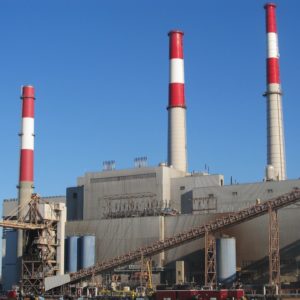
Utilities
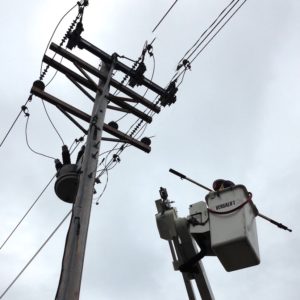
Industrial
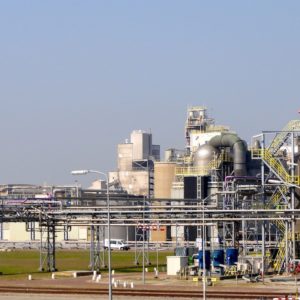
Processing
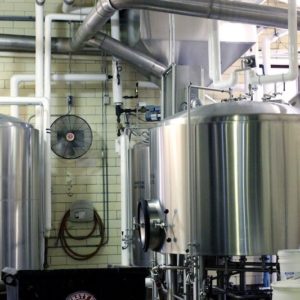
Manufacturing
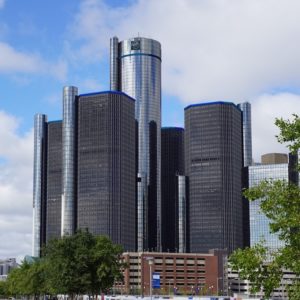
Ports

Commercial
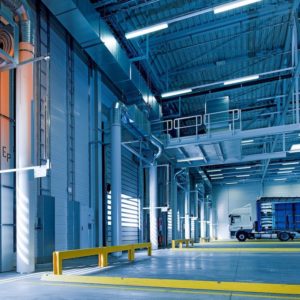
Government
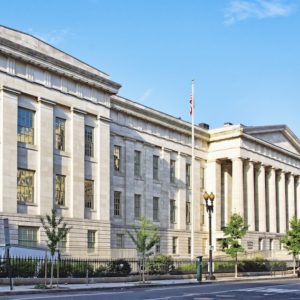
Oil & Gas

Schools

High Rises

Mass Transit







